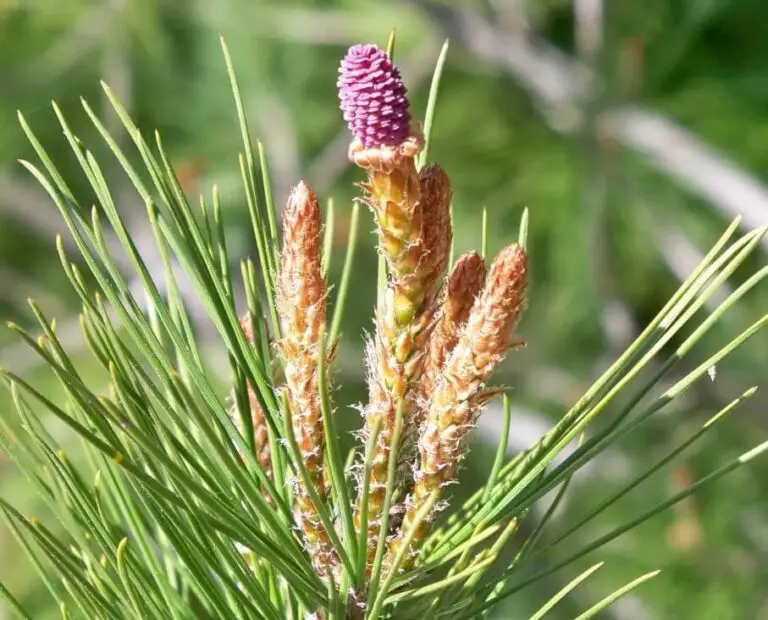11 Weeds With Purple Flowers: Identification And Removal Tips
Weeds can be a significant challenge for gardeners, and one particularly pesky type is characterized by its beautiful yet problematic purple flowers. These unwanted visitors can quickly overtake your plants and flowers, making them difficult to eradicate. In this article, we’ll delve into the world of weeds with purple flowers, providing insights on how to identify and remove these unwanted guests from your garden.
Weeds with Purple Flowers
Black Nightshade (Solanum nigrum).
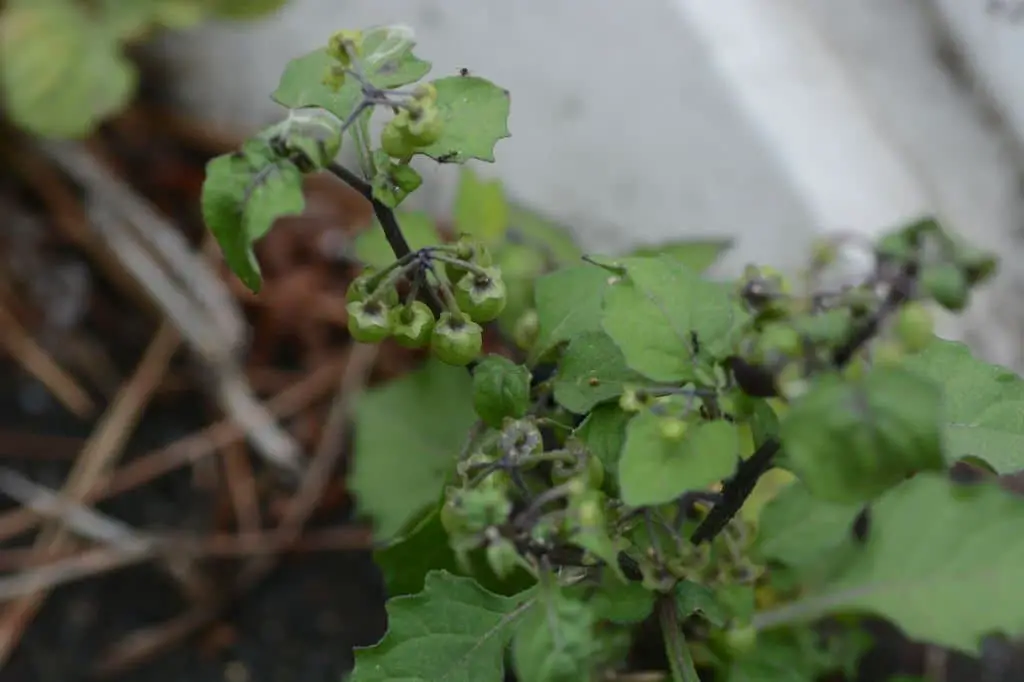
The black nightshade is an unwelcome visitor to many gardens, landscapes, and even potted plants, spreading its presence through rapid growth and prolific seeding. This annual herb can grow up to two feet tall, boasting small, dark green leaves and tiny white or purple flowers. While it may resemble the edible nightshade (Solanum lycopersicum), be warned: black nightshade is toxic and ingestion can lead to unpleasant symptoms like stomach pain, vomiting, and diarrhea.
When tackling this pesky weed, the most effective method is to pull it up by the roots, taking care to wear gloves as the sap can cause skin irritation. If the plant has already gone to seed, a more thorough approach is required: dig up the entire plant and dispose of it in the trash. Regular monitoring of your garden is crucial to prevent this weed from gaining a foothold and quickly taking over.
Canada Thistle or Creeping Thistle (Cirsium arvense).
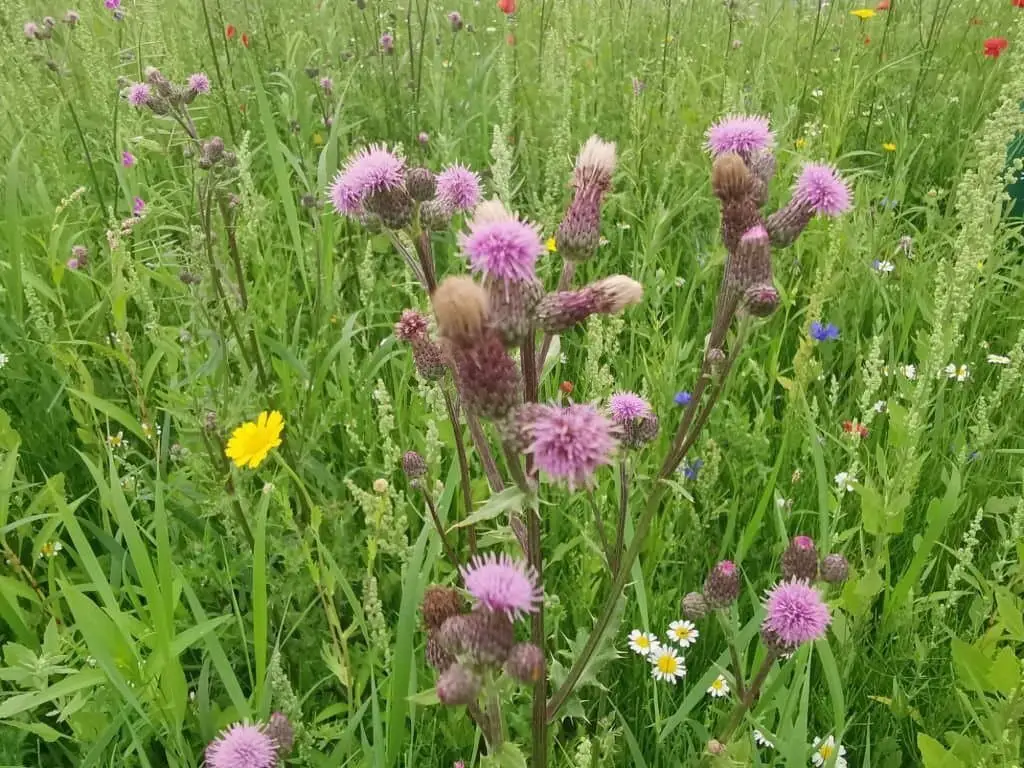
Canada thistle, a perennial weed notorious for its deep and extensive root system, can be challenging to eradicate. Its dark green leaves feature a distinctive spiny margin, while the purple flowers grow in clusters, making identification relatively straightforward. However, its ability to spread rapidly underscores the importance of early detection and swift removal.
To effectively remove Canada thistle, start by cutting the plant down to ground level before meticulously excavating the root system and disposing of it. Repeat this process as necessary until the weed is fully eliminated, a task that requires persistence but can be achieved with dedication.
Common Thistle/Spear Thistle/Bull Thistle (Cirsium vulgare).
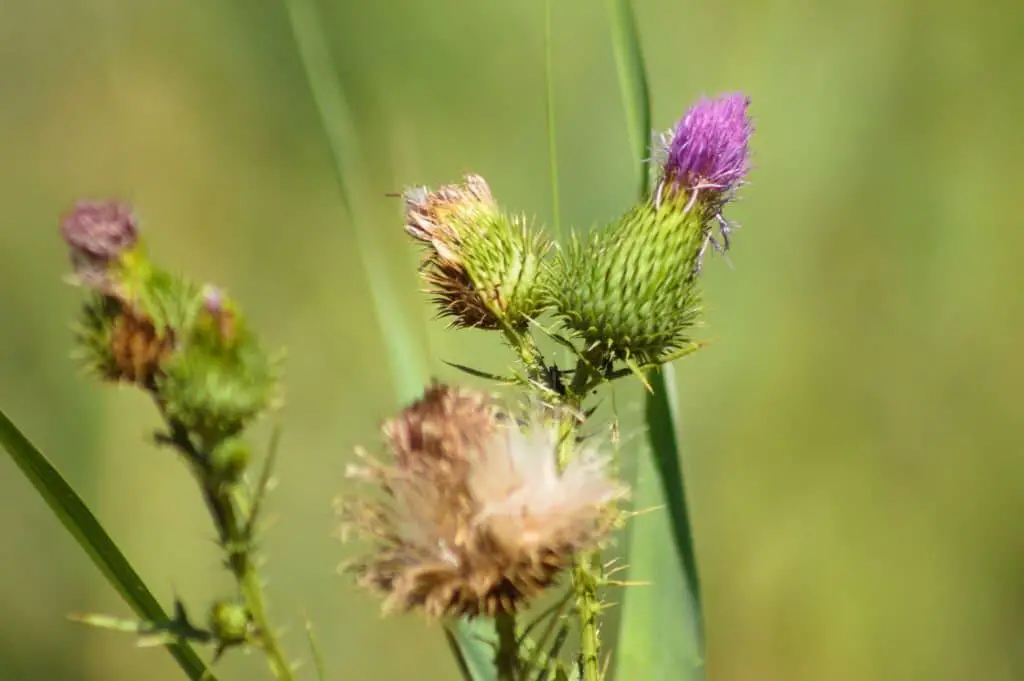
A ubiquitous weed in North America, the purple-flowered species can grow remarkably tall, reaching heights of up to six feet. Its leaves are adorned with prickly texture, while the stem is covered in spines that make a tangible impression upon contact. This unwelcome guest can be found in fields, along roadsides, and even in gardens, where it may not be the most visually appealing sight. However, when in bloom, its purple hue takes on a certain charm.
If you’re faced with this weed in your garden, the most effective method of removal is to uproot it by the roots. Alternatively, digging is an option as long as all roots are accounted for; failure to do so will result in regrowth. Using a weed killer can also be a viable solution, but caution is advised to avoid affecting other plants.
In its natural habitat, this weed serves as a valuable resource for wildlife, providing sustenance and shelter for various animals.
Unless it’s causing issues in your garden, there’s no pressing need to eradicate it. In fact, leaving it be can even support local ecosystems.
Creeping Charlie or Ground Ivy (Glechoma hederacea).
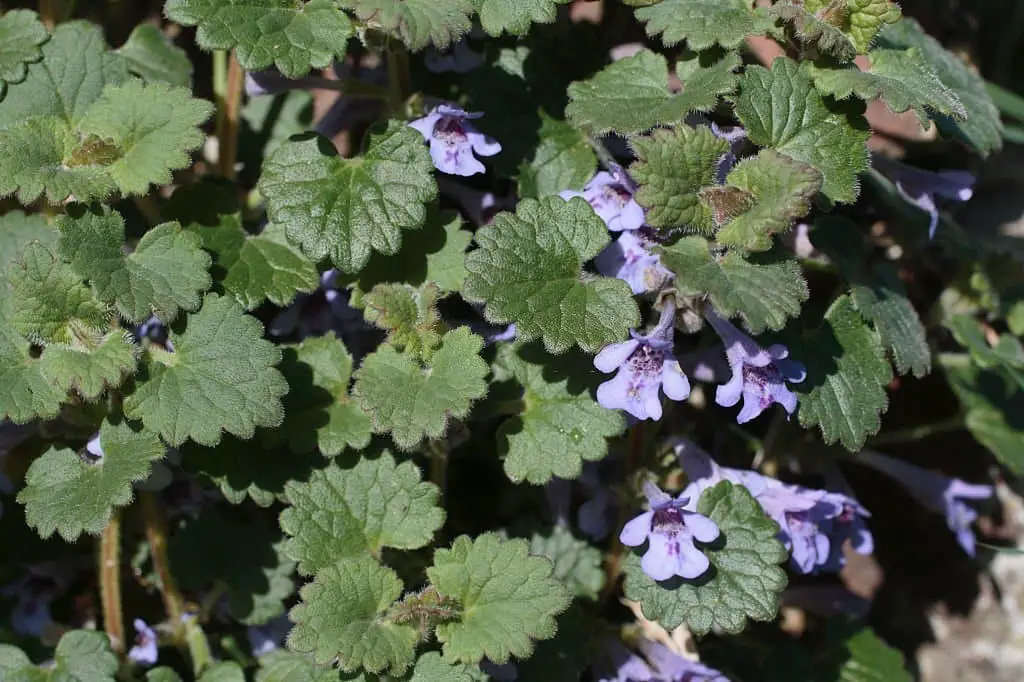
Creeping Charlie, a low-growing, spreading weed, can be identified by its shiny, dark green leaves with scalloped edges that grow in opposite pairs along stems. Small blue or purple flowers bloom during spring and summer, often in areas with moist soil, including lawns, gardens, and other landscapes. Its prolific seed production and ability to spread vegetatively through rooting at leaf nodes make it challenging to control. To effectively eradicate Creeping Charlie, persistence is key.
Try these strategies:• Pulling: This approach is suitable for small patches of the weed, requiring removal of the entire root system to prevent regrowth.• Digging: For larger infestations, excavation may be necessary, providing an opportunity to replant with a different species.• Mulching: Applying mulch can help suppress Creeping Charlie’s regrowth and prevent it from spreading further.
• Herbicides: Chemical control methods are also available, but ensure you follow label instructions carefully to avoid harming nearby plants.
Dove’s-Foot Crane’s-Bill (Geranium molle).
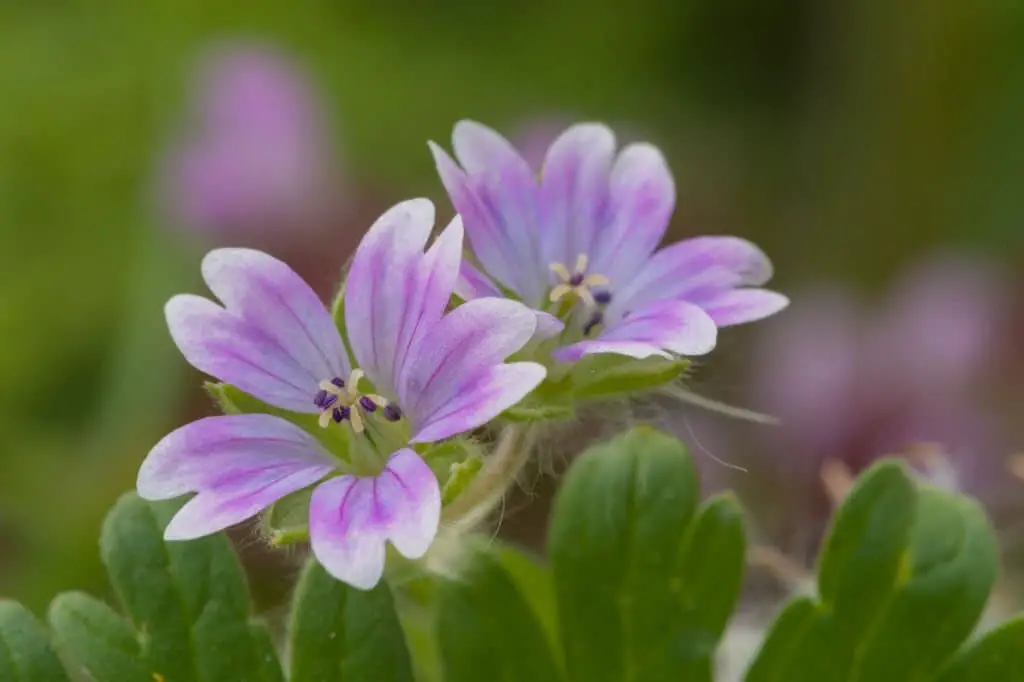
Dove’s-Foot Crane’s-Bill, an invasive weed with striking purple blooms, often infiltrates gardens. Native to Europe, this member of the Geraniaceae family boasts a lengthy taproot and grows up to 20 cm tall, with deeply lobed leaves and five-petaled flowers. To eradicate this pesky plant, focus on removing it in spring or fall, either by hand or using a shovel. Be aware that breaking the taproot won’t render it fully ineffective, as it will readily resprout.
Prior to seed production, ensure all flowers and seed heads are removed to prevent further spreading. Dispose of the plant material responsibly by placing it in plastic bags and trashing them. In addition to physical removal, consider applying a layer of organic mulch, such as wood chips or straw, to suppress growth. Keep this barrier clear of tree and shrub bases to avoid fostering fungal diseases.
By dedicating a bit of effort to controlling Dove’s-Foot Crane’s-Bill, you can enjoy a lush and thriving garden all year-round.
Forget-Me-Nots (Myosotis sylvatica).
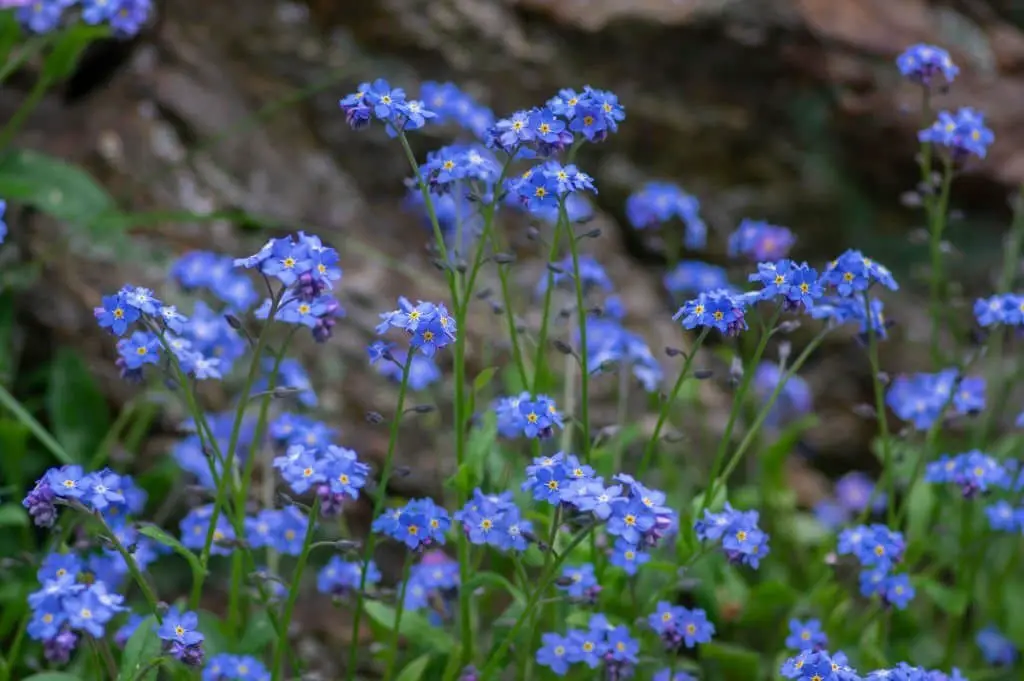
Forget-Me-Nots, those charming little weeds, are a common sight in gardens and lawns. With their diminutive blue or purple blooms and slender, lance-shaped leaves that boast a soft, hairy texture, they can grow up to 12 inches tall. Native to Europe, they’ve been introduced to North America, where they’re now widespread. While they may be a lovely addition to some landscapes, in other areas, they’re considered an invasive species. Removing Forget-Me-Nots is relatively straightforward.
A gentle tug or a quick dig should suffice for individual plants. If you’re dealing with a larger infestation in your garden bed, try loosening the soil with a hoe before pulling them out. Be prepared to repeat this process several times to ensure you’ve removed all the roots. Alternatively, you can opt for a more chemical approach and use a weedkiller like glyphosate. Just be sure to follow the instructions on the label and take care not to harm any nearby desirable plants.
In your lawn, Forget-Me-Nots can be effectively controlled with a lawnmower or string trimmer. Regular mowing will prevent them from flowering and setting seed, reducing their ability to spread. Keep in mind that you may need to reseed your lawn to fill in any bare spots left behind.
Henbit (Lamium amplexicaule).
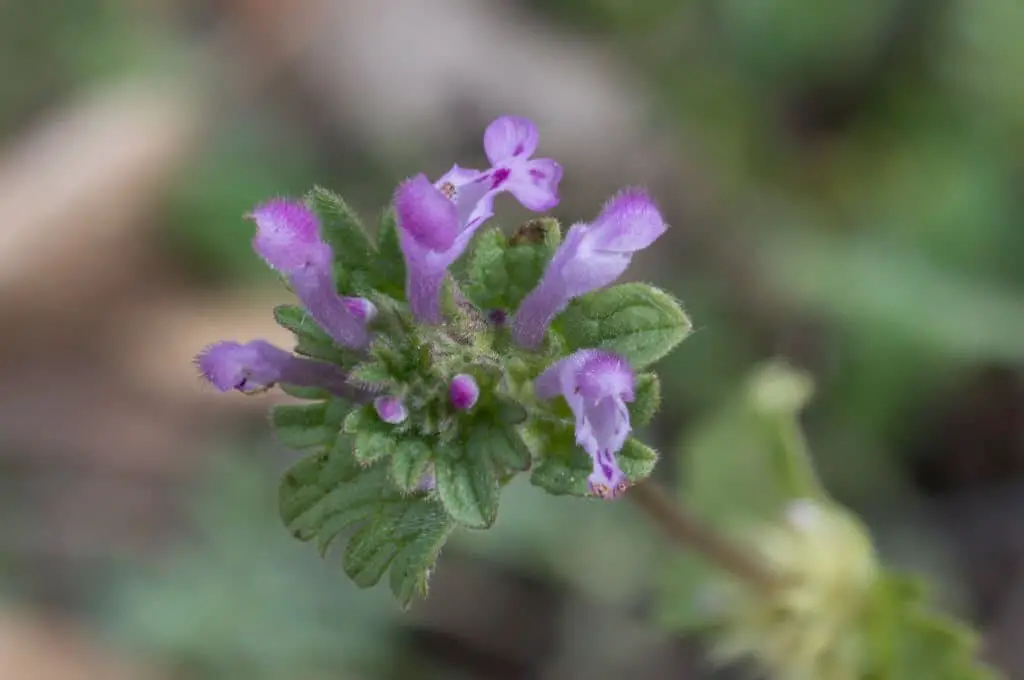
Henbit, an annual weed commonly found in gardens and landscapes, can grow quite rapidly, reaching heights of up to 18 inches. Its triangular-shaped leaves feature scalloped edges, while its small, lavender flowers bloom from late spring to early summer. To manage this pesky plant, manual removal is a reliable approach. Carefully pull the entire plant, including roots, to ensure successful eradication. Alternatively, you can use tools like hoes or trowels to dig up henbit plants.
For larger infestations, consider using herbicides containing glyphosate, following all label instructions and applying the product directly to the leaves.
Musk Thistle or Nodding Thistle (Carduus nutans).
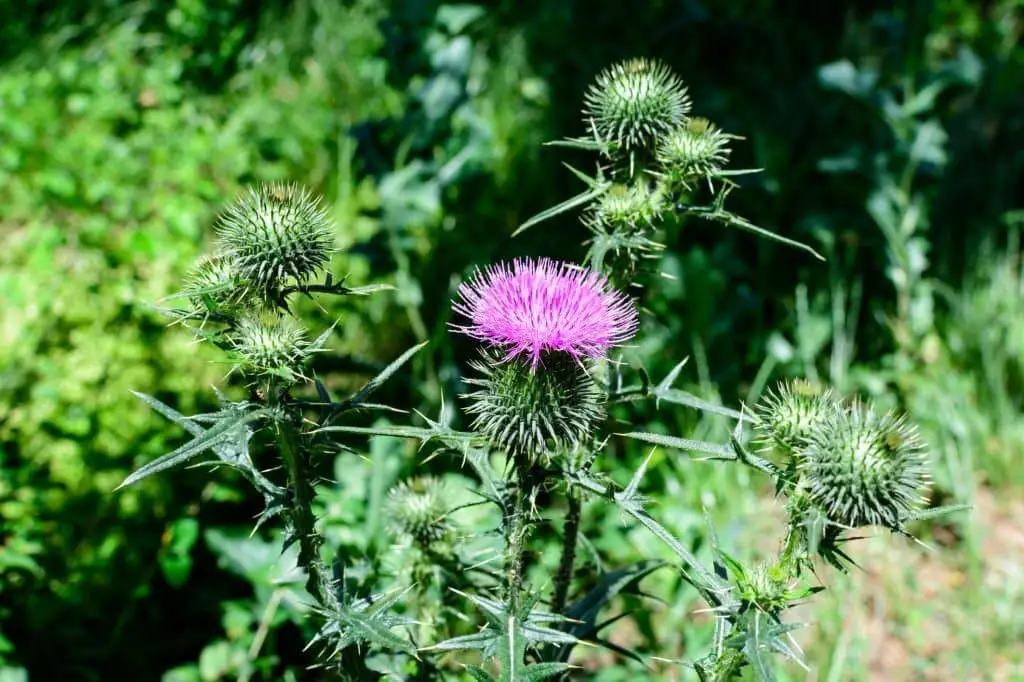
Musk thistle, a biennial plant, can thrive in various environments, including pastures, meadows, and roadsides. Its life cycle is unique in that it requires two years to complete. The first year, the plant produces leaves from a rosette close to the ground. In the second year, it sends up a flowering stalk that can reach heights of up to six feet. The purple flowers are clustered at the top and comprise many smaller florets.
Beneath each flower, spiny bracts add an extra layer of defense against herbivores. Musk thistle primarily reproduces through seed production, with one plant capable of generating up to 50,000 seeds that can remain viable in the soil for as long as ten years. As a noxious weed in many states, musk thistle is considered problematic due to its tendency to outcompete native species. Furthermore, if ingested in large quantities, it can be toxic to livestock.
Effective control of this invasive plant requires timely intervention, either during its rosette stage in the first year or when it’s flowering in the second. Hand removal is a viable option but can be time-consuming. When performing manual removal, ensure proper protection by wearing gloves and long sleeves to shield your skin from the thistle’s spiny leaves. Alternatively, herbicide treatment can be employed.
Glyphosate (Roundup) has been shown to be effective when applied to young plants in the spring before they flower. As with any herbicide, it is crucial to follow the manufacturer’s instructions for application.
Purple Dead Nettle (Lamium purpureum).
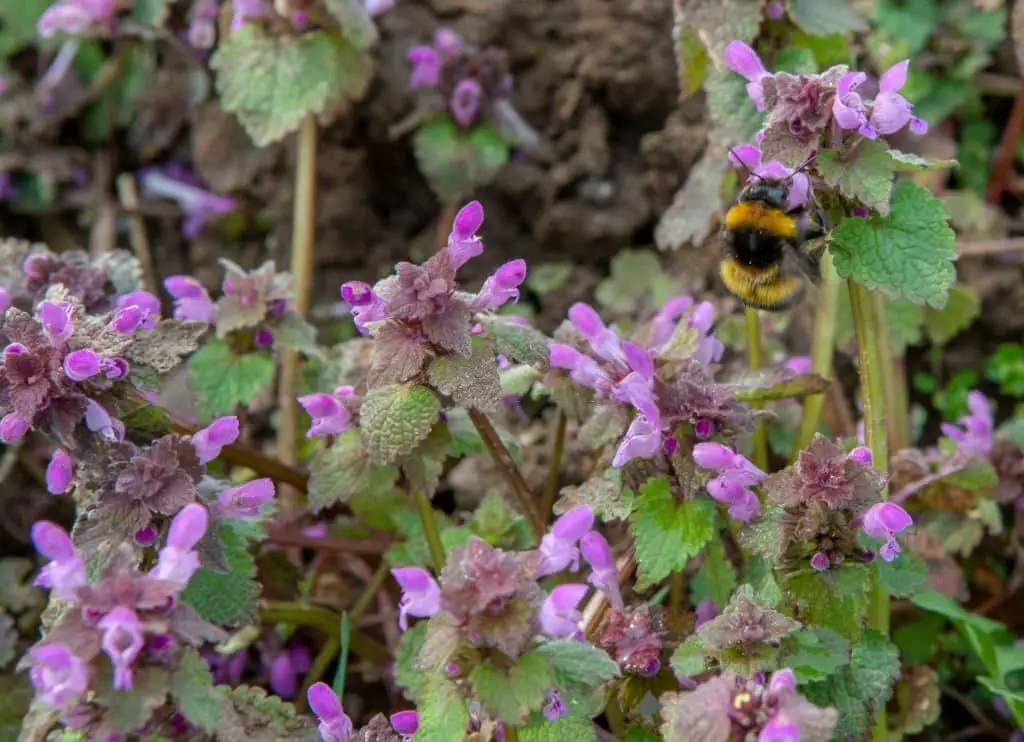
Purple dead nettle, a flowering herb in the mint family Lamiaceae, is native to Europe and Asia. Its annual habit is characterized by square, hairy stems bearing opposite, toothed leaves. The plant’s distinctive feature is its whorled flowers, consisting of six two-lipped blooms with purplish-pink or lilac petals. This weed thrives in disturbed habitats like roadsides, gardens, and waste areas.
Identification is straightforward due to the square stems and opposite leaves directly attached to the stem, with upper leaves featuring a purple tinge and slight hairiness. Lower leaves are green, while flowers cluster in groups of six with two-lipped petals showcasing hues of purple, lilac, or pinkish tones. Purple dead nettle’s lack of competitiveness makes it prone to inhabiting gardens, waste areas, and roadsides.
For effective control, target the plant before flowering in late spring/early summer using hand-pulling, hoeing, or herbicides containing glyphosate or triclopyr, ensuring complete removal of the root.
Selfheal or Healall (Prunella vulgaris).
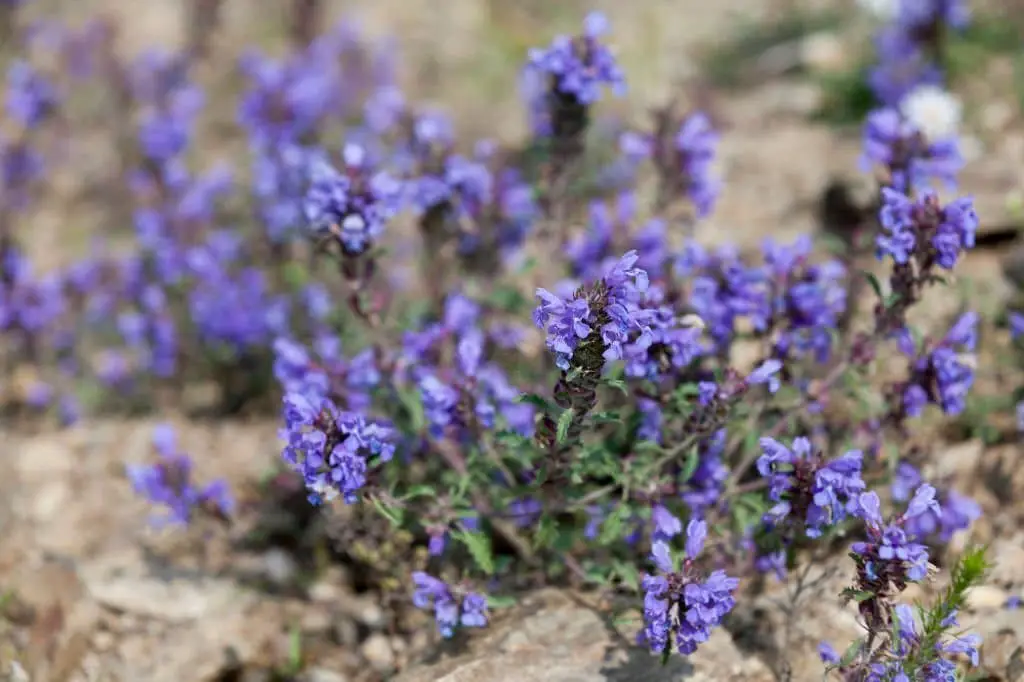
Selfheal (Prunella vulgaris) is a low-growing perennial that reaches heights of up to 12 inches. Its lance-shaped leaves feature serrated edges, while its small, tubular flowers display a lovely lavender hue. The plant’s blooming period occurs from June to August, making it a delightful addition to any garden during the warm summer months.
This adaptable species thrives in damp, shady environments such as woodland areas or along streams.
Native to Europe and Asia, selfheal has since naturalized in North America. The plant’s edible properties make it a popular choice for salads, with leaves capable of being consumed raw or cooked. Furthermore, the flowers can be used to create a soothing tea.
Selfheal is relatively easy to cultivate from seed or division. However, it does not tolerate drought conditions well and prefers partial shade to full sun.
When left unchecked, selfheal can spread aggressively, earning it an ‘invasive’ reputation in certain regions.
When removing selfheal, a combination of digging up the plants by their roots or pulling them out manually is effective. Alternatively, mowing the plants before they flower can prevent seed production altogether. It’s worth noting that herbicides are not a viable solution for controlling this plant.
Wild Violets (Viola Odorata)
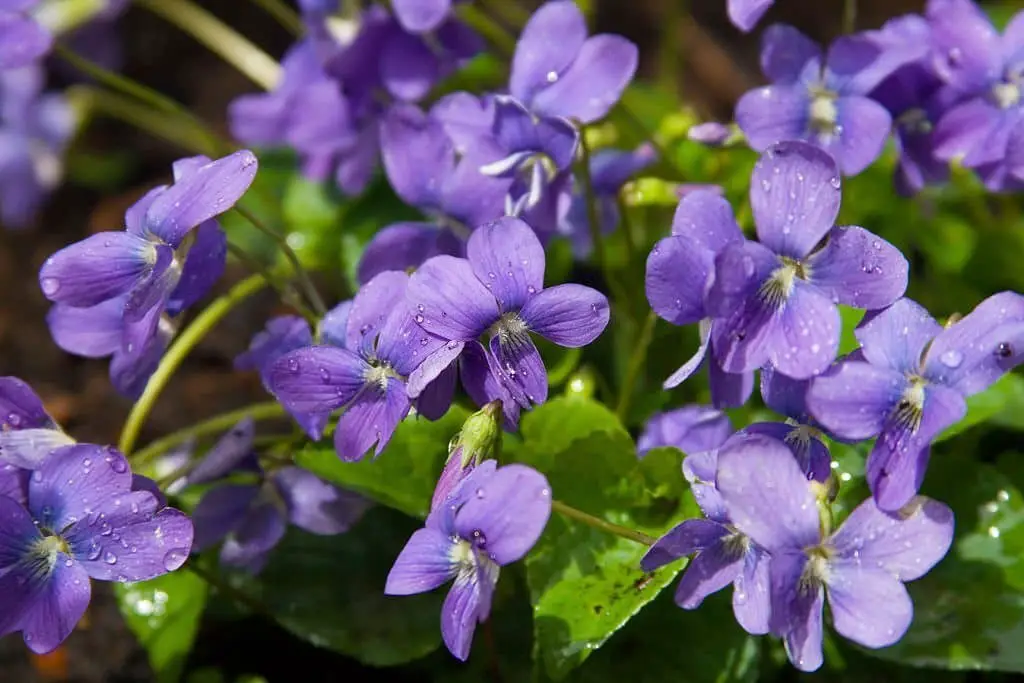
Wild violets are a ubiquitous weed in North America, plaguing lawns and gardens with their rapid spread. Despite their charming appearance, these plants pose a significant threat to the health and diversity of your outdoor spaces. Not only do they outcompete other flora, but they also reproduce quickly, making them notoriously challenging to eradicate.
If you’re struggling to contain a wild violet infestation, consider implementing a multi-pronged approach.
Hand-pulling the plants by their roots can be an effective method, although it requires dedication and elbow grease.
For more stubborn cases, herbicides may offer a solution. However, it’s crucial to exercise caution when using these chemicals, as improper application can have adverse consequences for people, pets, and the environment.
With persistence and a strategic approach, you should be able to vanquish those pesky wild violets and restore balance to your garden or lawn.
What are the tall weeds with purple flowers called?
Mullein, a member of the figwort family Scrophulariaceae, goes by various names including hag’s taper and candlewick. Its tall stature, adorned with purple flowers, makes it a striking presence in many regions around the world – from Europe to Asia, Africa, and North America. For centuries, the leaves and flowers have been utilized in herbal medicine, showcasing potential in treating respiratory issues such as bronchitis and asthma.
When applied topically, mullein has also demonstrated effectiveness in soothing skin conditions like eczema and psoriasis. Today, it’s available in a range of forms, including supplements, teas, and ointments.
Conclusion
While it’s true that weeds bearing purple blooms can be a frustrating presence in the garden, taking the necessary steps to identify and eradicate them can ultimately lead to a more desirable and manageable outdoor space. By investing a bit of time and effort into proper removal techniques, you’ll be well on your way to achieving a weed-free garden. Appreciation for your attention to this matter is genuinely appreciated!
Related Posts
When it comes to the delivery of flowers, many people wonder whether they should tip their floral courier. The same question can also be asked about lawn service workers. In this context, gratuity etiquette is crucial in ensuring a smooth interaction with these professionals. As we navigate through modern society’s shift towards sustainable practices, understanding the importance of tipping for services like flower delivery and lawn care is vital.




